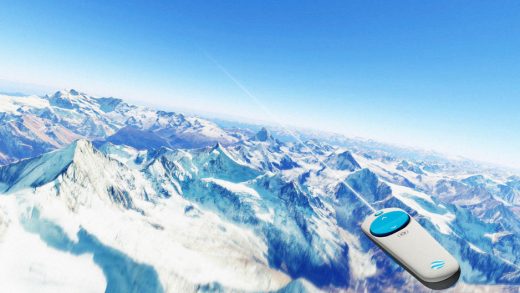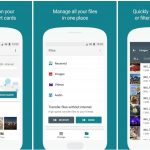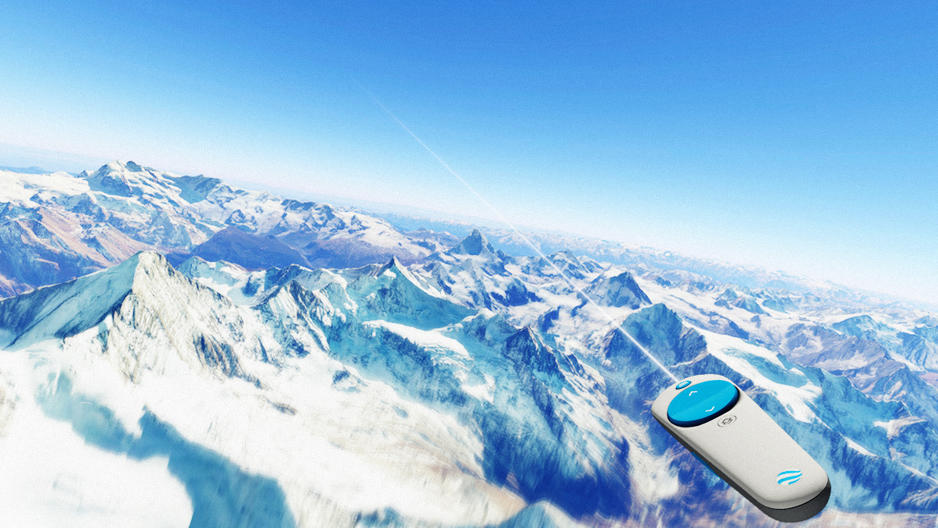Google Earth VR May Be The Best Way To Explore The World Without A Plane Ticket
This summer, I spent a few days in Florence, Italy, where, for the better part of 72 hours, I walked and walked the same narrow streets that Leonardo Da Vinci, Michelangelo, and Dante once prowled. So, last week, when I found myself looking down on the city from on high—a few hundred feet above Florence—its famous red-tiled roofs stretching as far as the eye could see in every direction, my first reaction was to see if I could navigate my way from the city’s centerpiece, the Duomo, or cathedral, to the apartment I’d stayed in.
In the background, gentle music played as I tried to figure out which streets to take to get there. But then, before I could trace the path all the way to that Airbnb, I was suddenly standing above Tokyo with that same bird’s-eye view.
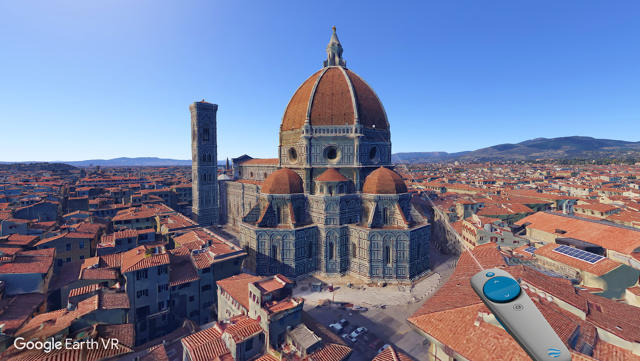
Let’s be honest: What are you supposed to think when that’s what you see in front of you? “I’ve got a whole Godzilla thing going on,” I said out loud.
At least a couple of the people in the room with me laughed, I think. The room was on the second floor of Google’s San Francisco office, and, with an HTC Vive strapped to my head, I was immersed in a demo of Google Earth VR, a fantastic, all new, purpose-built re-imagining of the venerable tool that takes the same satellite data and imagery that’s been available to us for years in our browsers and on our mobile devices, and presents in all the glory that’s possible from a multi-year Google project manifested inside high-end consumer virtual reality.
It’s yet one more example of Google building all-new versions of its most popular tools for virtual reality. It had previously released all-new iterations of YouTube, Street View, Google Photos, and Play Movies for its Daydream mobile VR platform.
Launching today for Vive, Google Earth VR is meant, said Dominik Kaeser, the project’s engineering lead, to give users the ability to “literally walk around cities and step over skyscrapers….[and] go to the places that matter to you personally, or places that are difficult to get to, like the top of Mt. Fuji.”
Google knew that if it wanted to build a version of Earth for VR, it was vital both to take advantage of the medium’s tools, even while making it seem familiar to longtime desktop or mobile users. That meant maintaining some of the user experience—things like the way you navigate from point to point, zoom in and out, or grab the map and drag to move it—while building in all new ways to explore the world in full, immersive 3D with beautiful graphics.
That’s one reason Google Earth VR was built for the Vive and not virtual reality systems like Google’s own, Daydream, or Samsung’s Gear VR: To do it right, you need to be able to move around in a physical space and reach out and touch things, and for the moment, Vive is the best system available for doing that. The Touch Controllers for Facebook-owned Oculus’ Rift come out next month and will add similar functionality to that platform, but Google isn’t talking about plans at the moment to expand Google Earth VR for Rift.
To promote the new project, Google made a nice video showcasing how it works. In it, you travel from Florence to Hoover Dam (ducking under the new bridge there) to New York City and on and on through mountain ranges, national monuments, famous landmarks, and so on. It gives you a peek at how lovely it all looks in rich 3D. The problem with the video, of course, is that it’s in 2D, and doesn’t quite impart what this is all about. Only at the very end, as the logo appears, do you actually get a hint of what this really promises: a woman is standing in the middle of some mountains, towering over them, exploring.
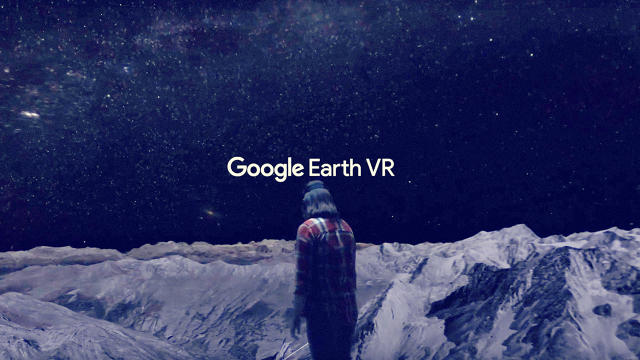
That visual tells the story. And imagine this—place yourself in a long, Italian alpine valley. You can walk around in it, your view from high above everything, but eventually you’ll reach the limits of the physical space you’re in (because, you know, walls). Never fear if you still want to walk to the end of that valley: You simply reach out, using one of the two Vive controllers, grab the other end of the valley and pull it forward. Voila!
The team behind the project wanted other magical elements as well, so they made it possible to “fly” from point to point. Pick a new location to visit, and indeed, the world begins to spin and you soar through the air toward your destination.
But they were also aware that in VR, there’s a danger of motion sickness if you feel untethered from the space you’re in.
Kaeser explained that the team worried that users might feel nauseous when flying to a destination if everything in their field of view was moving. So they came up with a technique they call “tunnel vision,” which restricts your view of what you’re flying over, blurs everything else, and shows a grid at where your feet are. That, they discovered, alleviated the problem.
Tutorials And Tours
Although the team made sure to build in UI elements that will be familiar to longtime Google Earth users, they knew that many people trying Earth VR would have little or no experience with the Vive. So they crafted a tutorial that leads you through, explaining how to use the Vive’s controllers to do things like spin the globe and pick a point to travel to, or rotate the planet, or transition from daylight to nighttime, and so on.
Although Google knew many users might want to jump straight to the place they live or where they grew up, they realized others wouldn’t know where to start. So there’s also a series of tours that take you through curated locations. It’s a nice way of seeing what’s possible with the tool, as once you’ve worked your way through a tour, you’re raring to go do your own exploring.
Unfortunately, not everyone will be able to get their hands on Google Earth VR, as it’s only for the Vive right now, a VR system that by year’s end is likely to have less than half a million users worldwide.
Still, the project, along with Google’s Tilt Brush, shows that the company is interested in exploring what’s possible with high-end virtual reality, and demonstrates that it is making substantial investments in time and energy beyond its own Daydream and Cardboard platforms.
Fast Company , Read Full Story
(42)

